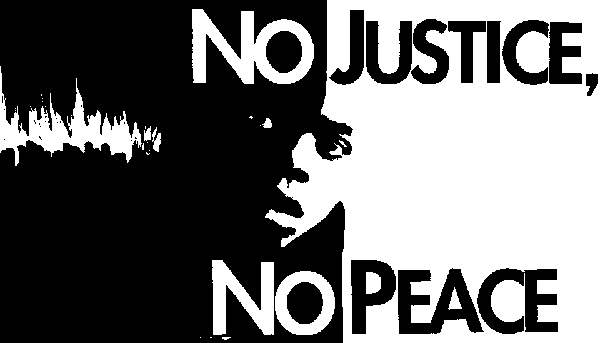Its Not About Peace

Below is an excerpt from very insightful essay was written by Israeli blogger and journalist Noam Sheizaf. It was published on his blog Promised Land.
One of the common mistakes done when discussing the conflict between Israelis and Palestinians is in setting peace as the goal of the political process. It is not only wrong, but also counter-productive, and in the end, serves mainly those who which to maintain the current state of affairs. This is not to say that we shouldn’t wish to end all hostilities between the two sides, but rather that to do so, we must change the way this story has been framed since the beginning of the nineties.
First of all, we should be realistic. As we learned in Gaza, an Israeli withdrawal does not promise an end to the violence. Both sides still have conflicting interests which might lead to the use of military power, and in both sides there are elements that will try, at least in near future, to sabotage any agreement by violent means. It’s clear that the more good faith Israelis and Palestinians show today, the easier it will be to stabilize the region, but more than forty years of occupation will inevitably leave plenty of bitterness on the Palestinian side even after the last soldier leaves and the last settlement evacuated; the evacuation of settlements on the Israeli side bring its problems, and the huge socioeconomics gap between Jews and Arabs on such a small territory won’t help either. So we shouldn’t promise that public something that will be hard to deliver.
Even more important is the image created by all these talks about peace. for many people – and this is something I’ve noticed especially in the US – it seems as though there are two equal parties, almost two states, who are entering a diplomatic process to sort their on-going differences. But there is only one state here. Israel is negotiating – when there are negotiations – with the people who are under its own control, and for which it is refusing to grant civil rights.
In other words, talking about peace hides the real nature of the problem, which is the occupation. When we set peace as our goal, it means that the absence of peace – meaning the violence – was the problem. This is true for the Israeli side, but it’s only partly true for the Palestinians. Their main concern is the lack of civil and human rights. For them, the violence that they suffer is only the result of the initial problem, which is the occupation. By talking about peace and peace only, we are accepting the Israeli definition of the problem as well as its solution.
...
You should read the full essay at the Promised Land blog.


1 Comments:
I agree, Syd. Great essay. I would add that the violence in I/P is widely perceived in the West as initiated by the Palestinians (graphic images of blown up buses and cafes), while Israeli violence is often viewed more in terms of retaliation or even prevention. The main obstacle to peace (reinforced by Obama's cave-in on the settlement issue) thus appears to be Palestinian violence, without which there would be no Israeli violence. The end result is that peace talks inevitably focus on Palestinian "terror" and Israel's security concerns.
Post a Comment
<< Home